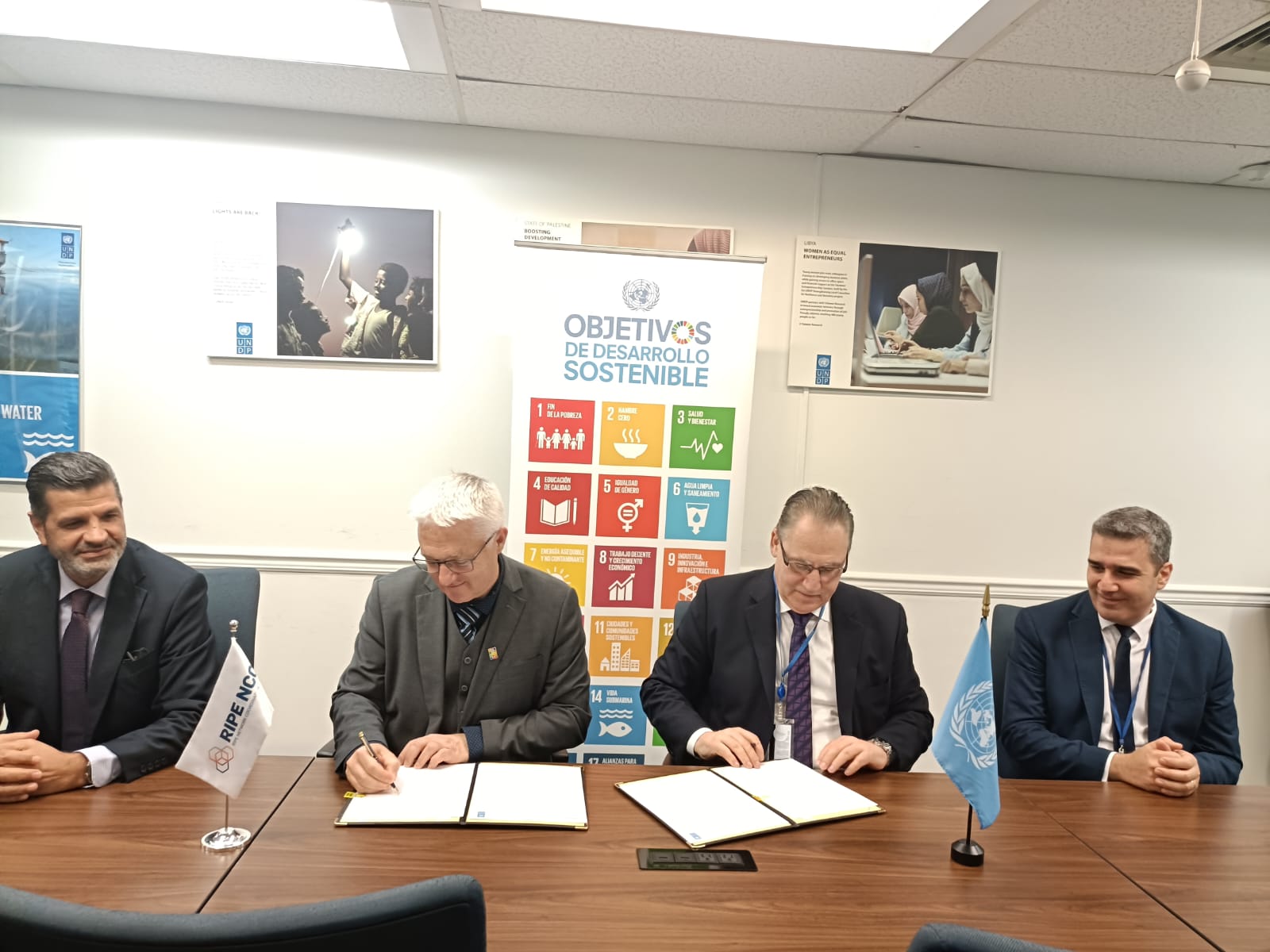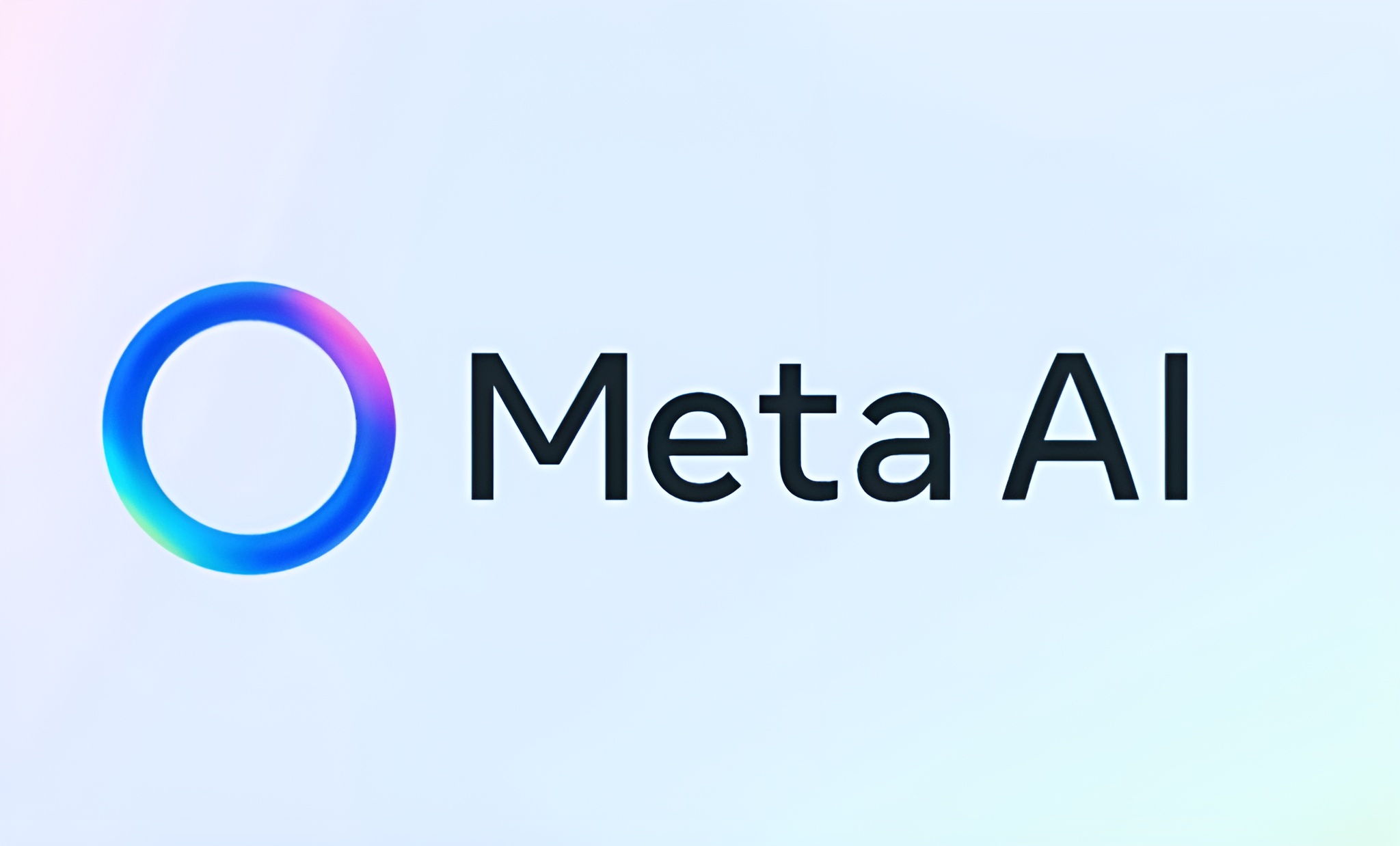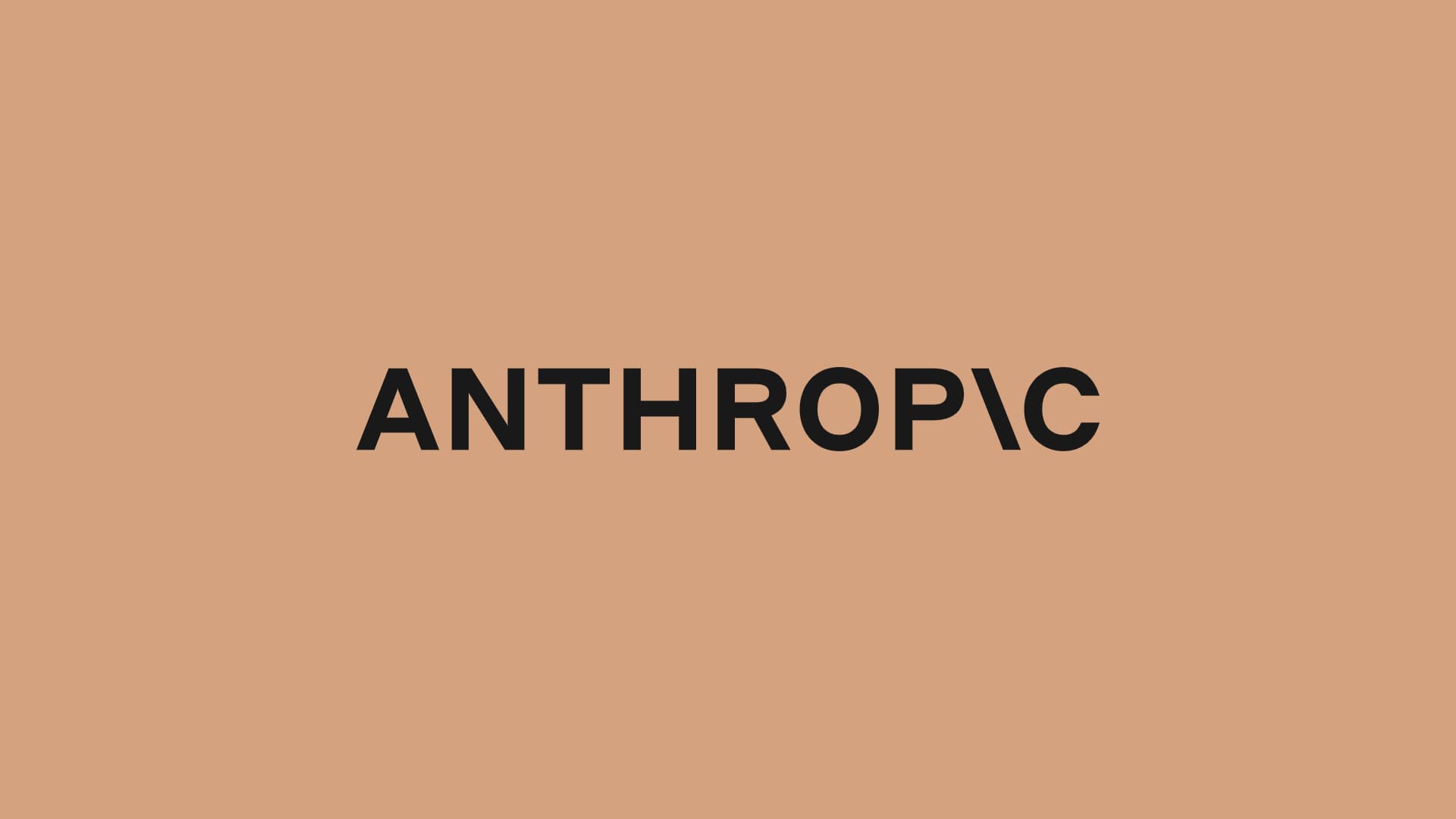Google is pushing AI deeper into its services, with AI Overviews already reaching billions of users and AI Mode now added to Search. Chrome is also being rebranded as an AI-first browser.
Not all users welcome these changes. Concerns remain about accuracy, intrusive design and Google’s growing control over how information is displayed. Unlike other features, AI elements in Search cannot be turned off directly, leaving users reliant on third-party solutions.
One such solution is the new ‘Bye Bye, Google AI’ extension, which hides AI-generated results and unwanted blocks such as sponsored links, shopping sections and discussion forums.
The extension works across Chromium-based browsers, though it relies on CSS and may break when Google updates its interface.
A debate that reflects wider unease about AI in Search.
While Google claims it improves user experience, critics argue it risks spreading false information and keeping traffic within Google’s ecosystem rather than directing users to original publishers.
Would you like to learn more about AI, tech and digital diplomacy? If so, ask our Diplo chatbot!









